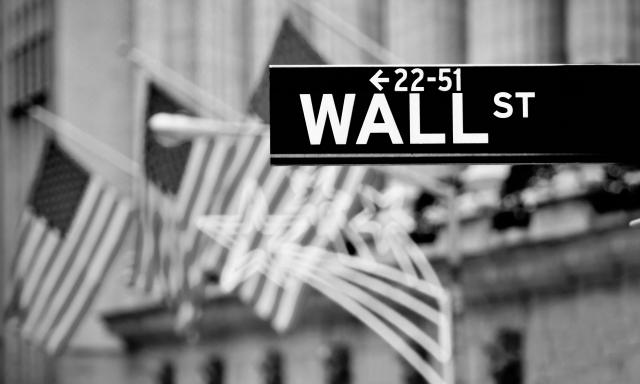

 Article
Article

 As January draws to a close, the U.S economy finds itself in uncharted territory, with conventional measures of strength such as the low unemployment rate and increasing wage growth juxtaposed with a topsy-turvy stock market, its longest-ever government shutdown and a U.S. president openly pillorying actions of the Federal Reserve Board.
As January draws to a close, the U.S economy finds itself in uncharted territory, with conventional measures of strength such as the low unemployment rate and increasing wage growth juxtaposed with a topsy-turvy stock market, its longest-ever government shutdown and a U.S. president openly pillorying actions of the Federal Reserve Board.

Insights from
Written by
As January draws to a close, the U.S. economy finds itself in uncharted territory, with conventional measures of strength such as the low unemployment rate and increasing wage growth juxtaposed with a topsy-turvy stock market, the longest-ever U.S. government shutdown and a U.S. president openly pillorying actions of the Federal Reserve Board.
Against the unusual backdrop, University of Virginia Darden School of Business Professor Frank Warnock discussed market conditions and economic indicators heading into 2019, in a session organized by Eileen Cowdery (Class of 2019).
“To characterize the current situation, we have historically low unemployment and the economy has been doing, on average, pretty well,” said Warnock, who worked as a senior economist at the Board of Governors of the Federal Reserve System before coming to Darden, where he teaches in the Global Economies and Markets area. “Any measure of where we are relative to the economy’s full employment level has been indicating we are beyond capacity. Historically, when this happens we have inflation.”
In an effort to keep inflation in check, the Fed has been gradually tightening its monetary policy while also taking the opportunity to begin to reduce the size of its massive balance sheet by selling some of the Treasury bonds it accumulated during the Great Recession.
“That’s the scenario, but then things get messy from there,” said Warnock.
Warnock noted, for instance, that the notion of full employment is an estimate, not an observable phenomenon, and yet Fed actions based on the estimate have potentially dramatic consequences.
Whether the Fed keeps a lid on interest rates or begins to raise them, Warnock doesn’t expect any sudden moves.
Said Warnock: “What does the Fed normally do? They make small changes in banks' borrowing costs and then, because how that will work through the economy is uncertain, they step back, observe and repeat if necessary. You should expect to see small steps from the Fed.”
Warnock is an expert in international capital flows, as well as international portfolio allocation and financial sector development in emerging markets.
Before coming to Darden in 2004, Warnock was a senior economist in the international finance division of the Board of Governors of the Federal Reserve System and taught at Georgetown University. Warnock’s international experience includes two years as a Peace Corps volunteer in Malawi’s Thyolo District. His professional career started on Wall Street, where he was a commodity trading adviser.
B.A., Johns Hopkins University; Ph.D., University of North Carolina at Chapel Hill